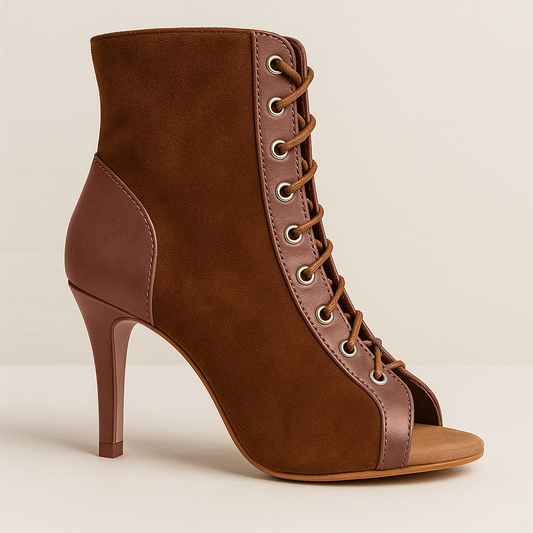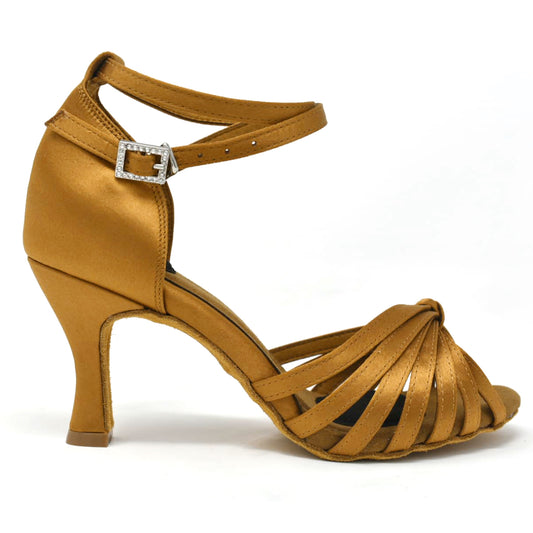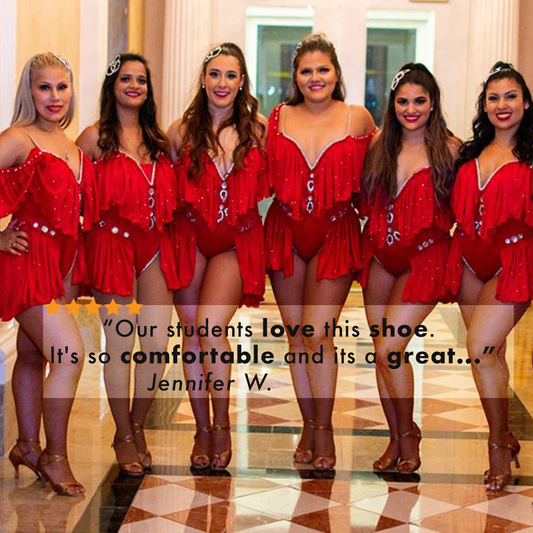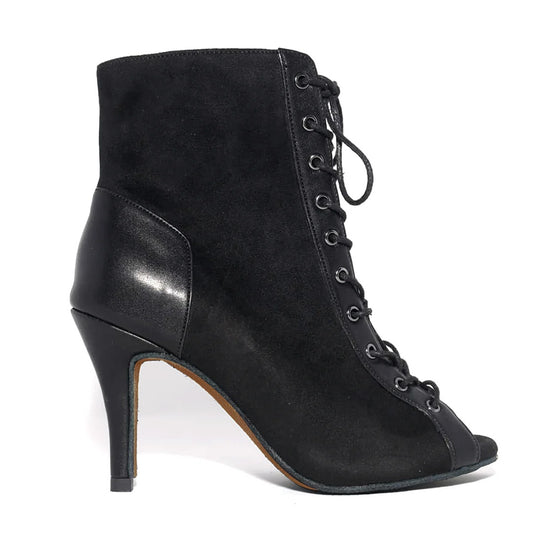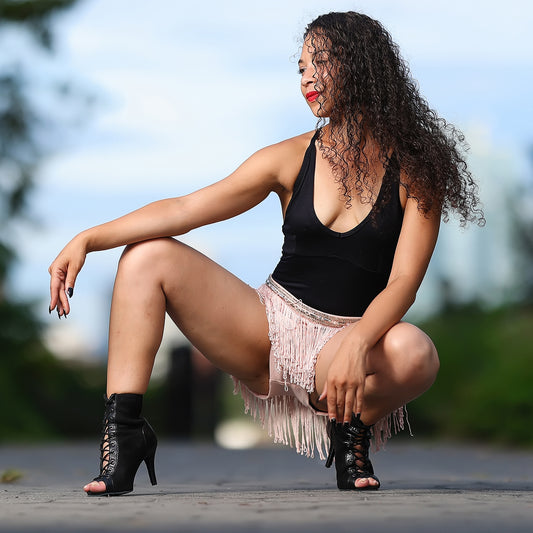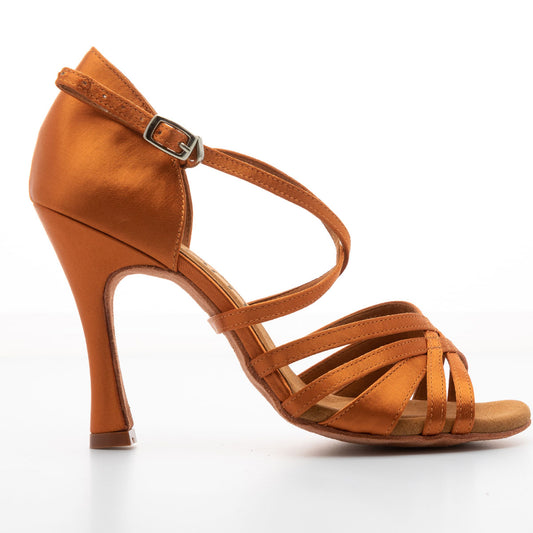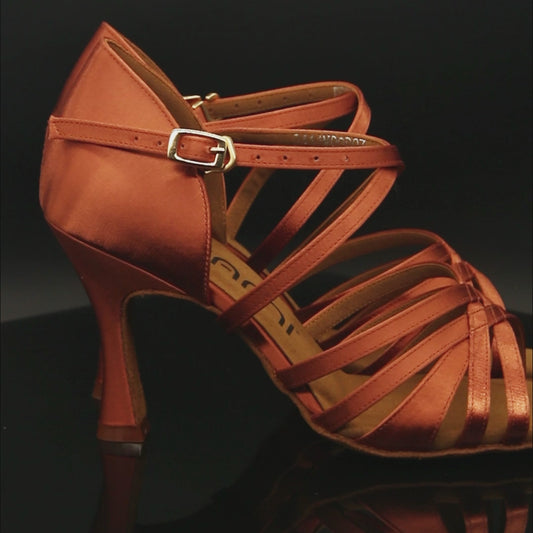
Where is the birthplace of salsa dance? Some experts believe that this dance style originated in Cuba, others say it’s in the US, particularly in New York. There is much conflicting information about the origins of salsa but it cannot be denied that this dance style has a heavy Latin influence. In the second installment of Salsa’s history, let’s take a look back at the origin of Salsa in the United States.
The History of Salsa Dance and Music in the US
Salsa’s history in the US goes all the way back to 19th century Cuba where the traditional form of salsa was born. Cuban salsa was created with the combination of older dance styles: Danzón, a dance style by French and Haiti immigrants, Rumba of African slaves, and Són, a traditional Cuban dance style.
For decades, salsa was a huge part of the Cuban culture, it was one of the most popular dance styles in the country. But way before salsa became popular, Cuba was already a melting pot of various Latin dances such as Flamenco, Tango, and Mambo.
The expansion of salsa to the US started during the 1898 Cuban War. During this period, Cuba was flooded with US soldiers and came to know the Cuban salsa.
After the war, many American tourists flock to the Caribbean where a mix of dance styles - such as tango and flamenco - were popular in night clubs. Intrigued by the Cuban dance and music scene, visiting American jazz musicians eventually carried this exotic island dance style stateside. These influences would eventually spread across the Western Hemisphere.
Back in the US, jazz musicians would often add Latin music and dance styles into their performances. From Miami to South America, it wasn’t long before Cuban music began dominating the airwaves in the US. In just a few short years after it hit the US, Salsa became one of the hottest and most-enduring dance and music styles in the country.
Popular Forms of Salsa
Salsa music and dance have evolved over the years. Different regions have different variations of salsa. The rhythm and music have also evolved throughout the years. Eventually, Salsa developed different regional styles and the most popular ones are:
- Salsa Casino (Cuban-style)
- Salsa Casino (Miami-style)
- Afro-Latino style
- Cali style (Colombian Salsa)
- Rueda de Casino
- New York Style
- Ballroom Salsa
- L.A. Style
Some of these salsa dance styles are slow and sensual, some are fast and dynamic - with lots of twirling, whirling, and frenetic footwork.
New York-Style Salsa
The salsa dance that became a sensation in the US is quite different from its Cuban counterpart because of its strong Puerto Rican influence. After the war, the Latin and Hispanic communities grew in the US, particularly in New York.
According to experts, it was Perez Prado, a Cuban bandleader, who pushed the original Mambo movement in the 50s when he moved from Havana to Mexico. During this time, mambo didn't have any real structure or form until it became a ballroom dancing sensation in New York’s Palladium hosted dances. The New York Style salsa that's popular today is a blend of strong Puerto Rican influence and Latin hustle.
One name that’s forever tied to New York-style salsa is Eddie Torres, the “Mambo King.” Eddie Torres is a dance instructor who popularized Salsa on 2 in the 60s. Better known as “Mambo,” Salsa on 2 is more complex rhythmically than Salsa on 1 with smooth, controlled, highly technical movements. Eddie Torres is also one of the most well-known salsa dancers of New York-style salsa. According to Torres, the evolution of traditional Mambo consists of different dancing styles, particularly flamenco, jazz, swing, tango, and hustle.
Salsa’s popularity in the US was at its peak in the 70s when artists such as Johnny Pacheco, Fania All-Stars, Willie Colon, and Reuben Blade spiced up every performance with salsa music and dance.
In the 80s, salsa dance was very popular in Manhattan clubs and discos and its popularity was boosted by heavy airplay. As the popularity of Salsa grew in the disco era, salsa dance socials became common in nightclubs, bars, ballrooms, restaurants, and even festivals.
Miami-Style Salsa
Miami-style salsa has a strong Cuban influence and is often called Cubano, Classico, or plain Casino. During the Castro regime, many Cubans immigrated to the US, the majority of which ended up in Miami. With the influx of Cuban immigrants, the local food, music, and the dancing scene changed, something that the locals embraced.
By the late 80s and 90s, Miami had a thriving salsa community and the area is teeming with nightclubs and discos where people danced Casino or Rueda.
The Miami-style salsa is showier than other regional salsa styles. The footwork and dance movements are more intricate. You cannot execute the movements properly if you are not flexible. In fact, Miami-style salsa is best known for its pretzel-like dance movements. Though complex, Miami-style salsa still follows the same circular flow of Cuban salsa.
L.A. Style Salsa
L.A. style salsa, also known as Salsa on 1 or simply “On 1” is the showier version of New York-style salsa. It is also one of the newest variations of salsa dance, developed between 1999 and 2002. This salsa style first emerged in the West Coast, particularly in the Bay Area LA.
Based on Colombian-style salsa, L.A. style salsa is heavily influenced by Ballroom Latin lines, Swing, Tango, Hustle, and a mishmash of jazz and hip-hop moves. L.A. style salsa is distinct for its jazzy dance moves and speedy footwork.
The dance style became popular in LA especially in the early 2000s after a salsa dance competition was held at a local club, Club Mayan. The popularity of L.A. style Salsa is attributed to The Vasquez Brothers, Albert Torres, and Laura Canellias.
Most experts agree that The Vasquez Brothers, Francisco, Luis, and Johnny, developed the LA style of salsa in the 90s. Francisco, a master choreographer and dancer who later became known as the “Salsa King” on the West Coast, taught his brothers how to dance. Together, the Vasquez brothers became known for their unique dancing style. Eventually, Francisco and Johnny founded the Los Rumberos Dance Company, one of the most renowned dance studios in Los Angeles and a pioneering dance studio for LA-style salsa.
References
https://dance.lovetoknow.com/Salsa_Dance_History
http://www.dancefacts.net/dance-history/history-of-salsa/
https://www.salsagente.com/history-of-salsa-music-dance/#CubanCasinostyleSalsadancing
https://study.com/academy/lesson/salsa-dance-origin-history-steps.html
https://www.thedanceguru.net/salsa-dance
https://www.therapture.com.au/history-styles-of-salsa
https://www.franciscovazquez.org/about-us

